The natural world is a complex web of interactions, where predators and prey play crucial roles in maintaining the balance of ecosystems. Big cats, such as lions, tigers, and leopards, are apex predators that have significant impacts on their environments. However, increasing human activities have put both these majestic hunters and their prey animals at risk. This article explores the possibilities and challenges of protecting big cats and their prey simultaneously, maintaining ecological harmony and biodiversity.
The Role of Big Cats in Ecosystems
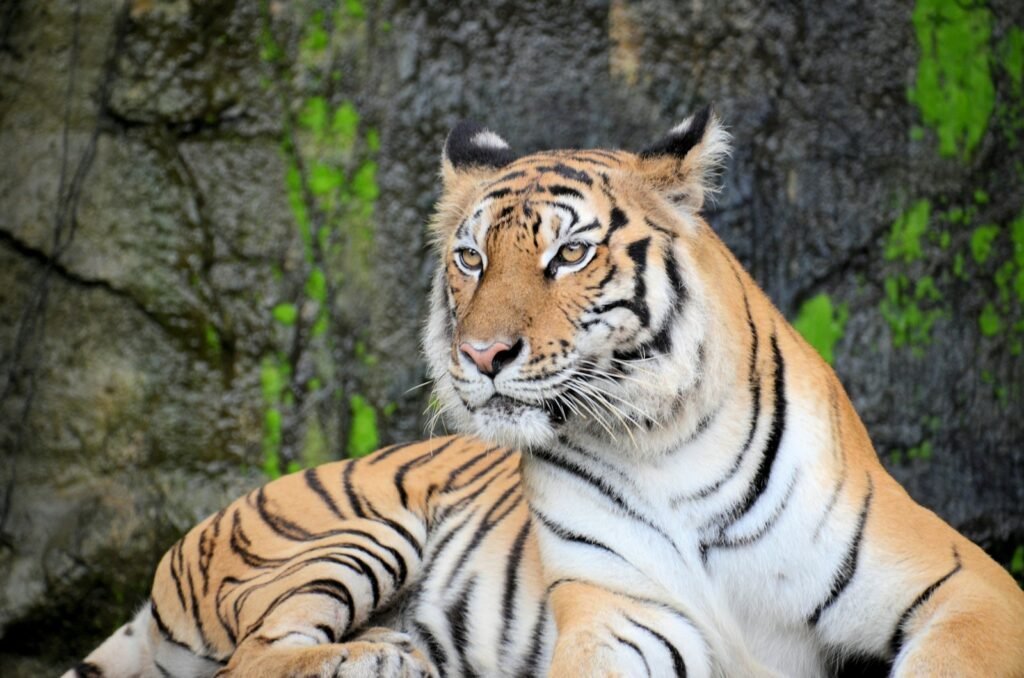
Big cats serve as top predators in their habitats, playing a critical role in controlling prey populations and maintaining the health of ecosystems. By preying on herbivores, they prevent overgrazing and ensure vegetation balance, allowing various plant and animal species to flourish. Their presence, thus, nurtures biodiversity and contributes to ecosystem stability.
Challenges Facing Big Cats and Prey Animals

Both big cats and their prey face numerous challenges due to habitat destruction, human-wildlife conflict, and poaching. As humans encroach on wildlife habitats for agriculture and urban development, the natural ranges of these animals shrink. This leads to fragmented populations, with limited resources and increased competition, endangering both predators and prey.
The Importance of Prey Animals
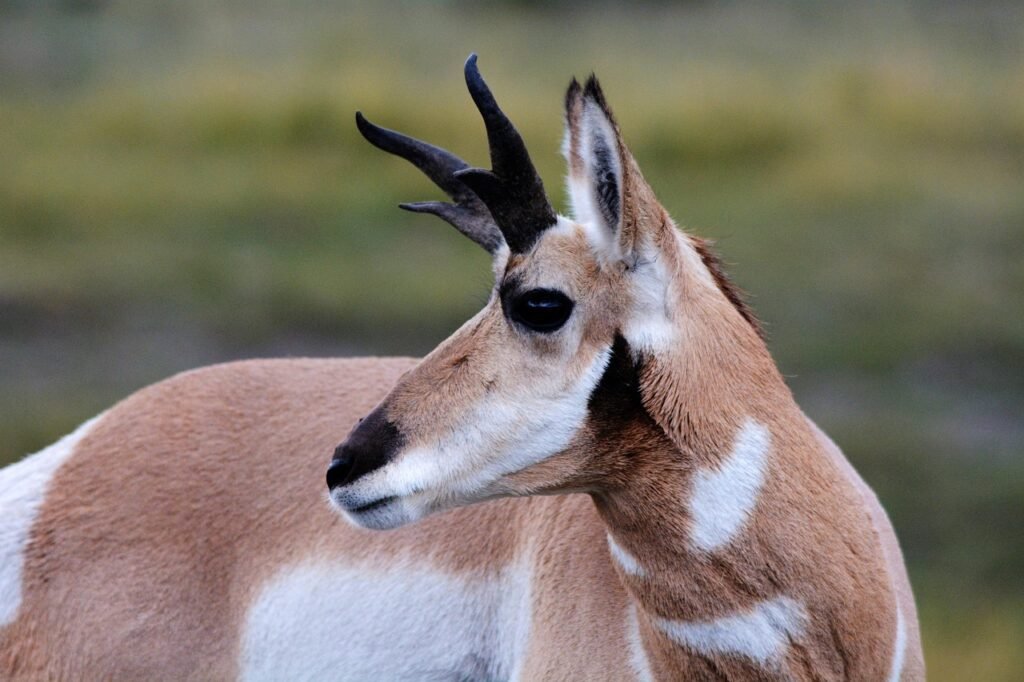
Prey species, such as antelopes, deer, and zebras, are integral to their ecosystems as primary consumers. They contribute to nutrient cycling, seed dispersal, and help maintain plant diversity. A decline in prey populations can lead to starvation and reduced reproductive success for predators, ultimately affecting the entire food web.
The Impact of Poaching
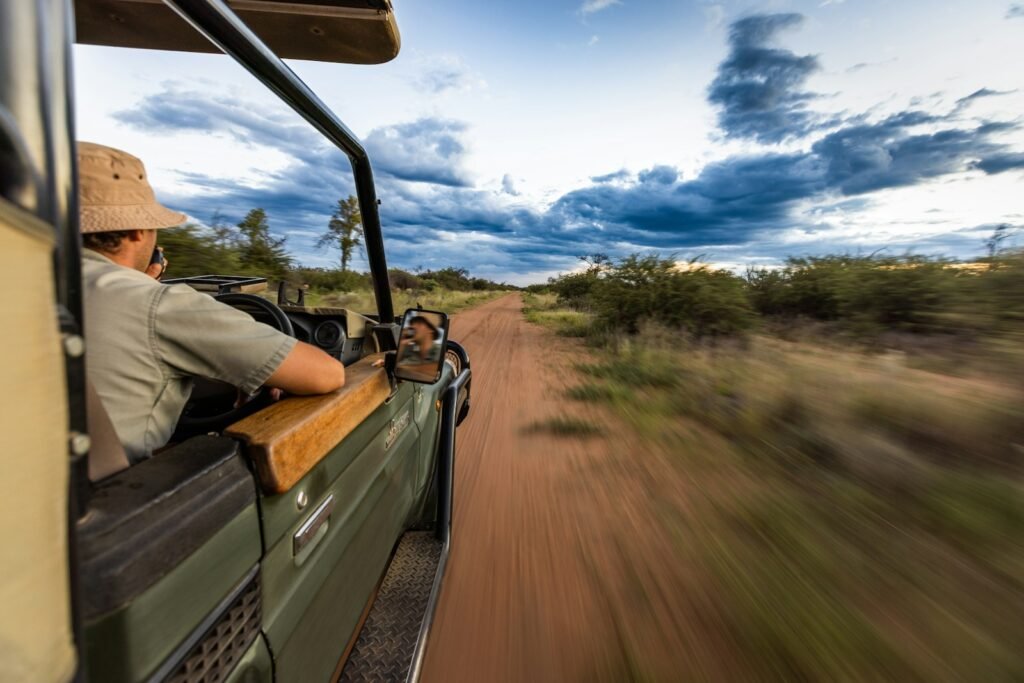
Poaching remains a significant threat to both big cats and their prey. While big cats are hunted for their pelts, bones, and other body parts, prey animals like antelopes and deer are targeted for meat and trophies. This illegal wildlife trade not only reduces animal populations but also disrupts ecological balance, highlighting the need for concerted conservation efforts.
Human-Wildlife Conflict

As human populations expand, conflicts between people and wildlife increase. Livestock depredation by big cats often leads to retaliatory killings by farmers, further endangering these already vulnerable predators. Simultaneously, competition for grazing land can result in diminished food sources for prey species, creating a challenging scenario for conservationists.
Conservation Efforts for Big Cats
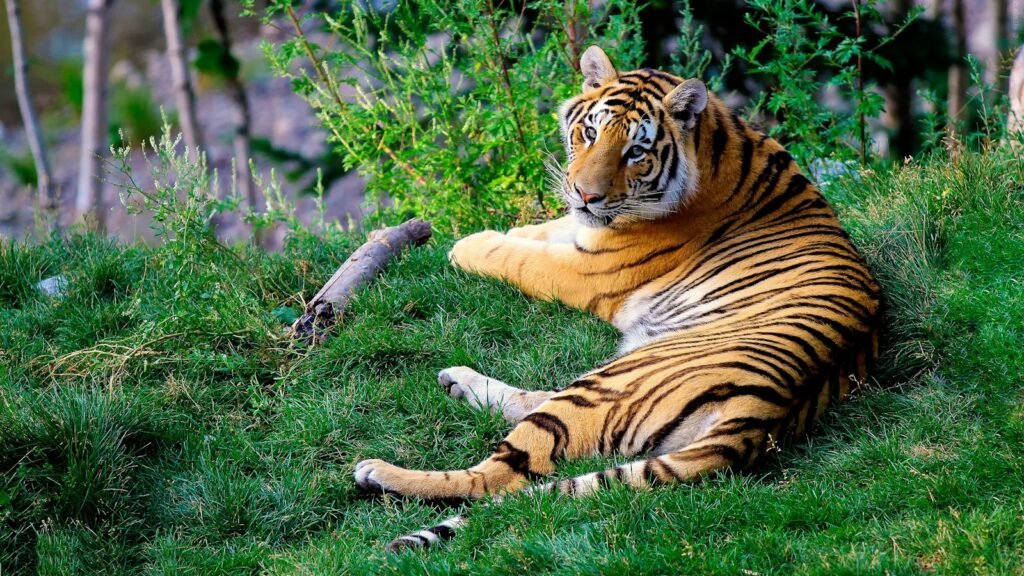
Conserving big cats requires a multi-faceted approach that includes anti-poaching measures, habitat restoration, and community engagement. Protected areas such as national parks and wildlife reserves are crucial, providing safe havens for these predators. Additionally, understanding and mitigating human-wildlife conflict through compensation schemes and awareness programs is essential.
Strategies for Prey Animal Protection
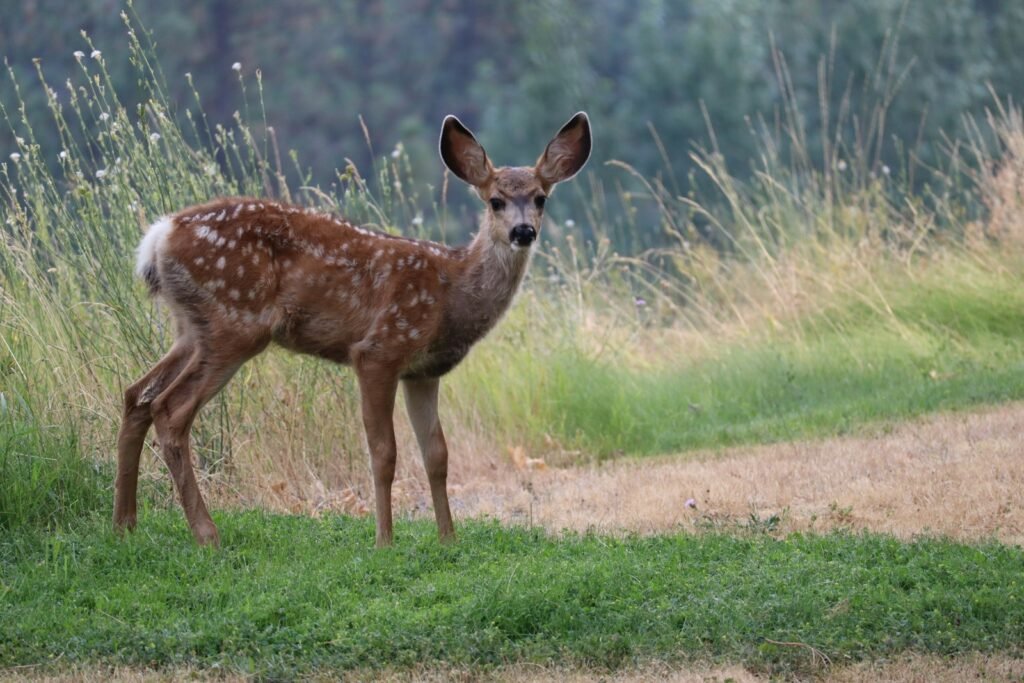
Protecting prey species involves maintaining and expanding their natural habitats, reducing poaching through stricter law enforcement, and fostering coexistence with local communities. Sustainable land-use practices, such as rotational grazing and agroforestry, can help balance human needs with those of wildlife, ensuring sufficient resources for prey animals.
Integrated Conservation Approaches
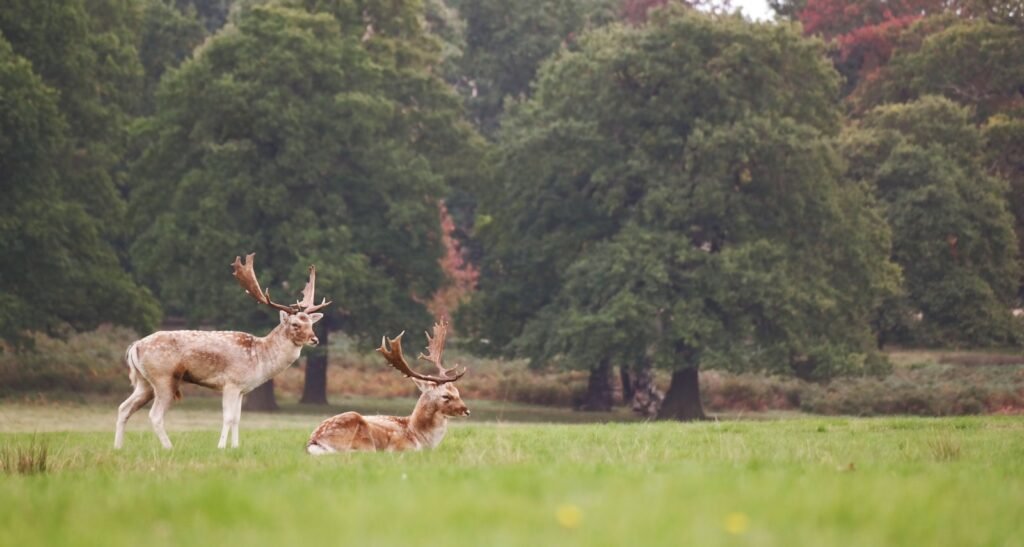
An integrated conservation approach that considers the needs of both predators and prey is vital. Wildlife corridors can connect fragmented habitats, allowing free movement and genetic exchange between populations. Community-led conservation initiatives that involve local people in decision-making processes can foster a sense of ownership and responsibility towards wildlife protection.
The Role of Education and Research
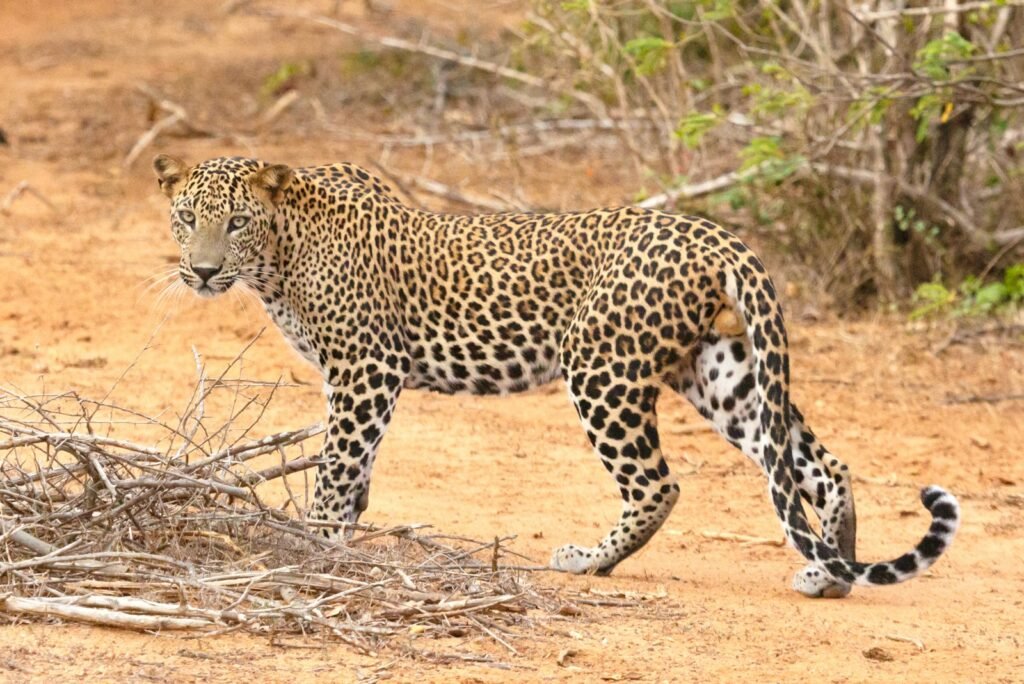
Education and research are pivotal in fostering a deeper understanding of big cats and their prey. Scientific studies provide insights into animal behavior, ecology, and conservation strategies, guiding management decisions. Educational programs raise awareness about the importance of preserving biodiversity and encourage positive attitudes towards wildlife.
Future Prospects and Solutions
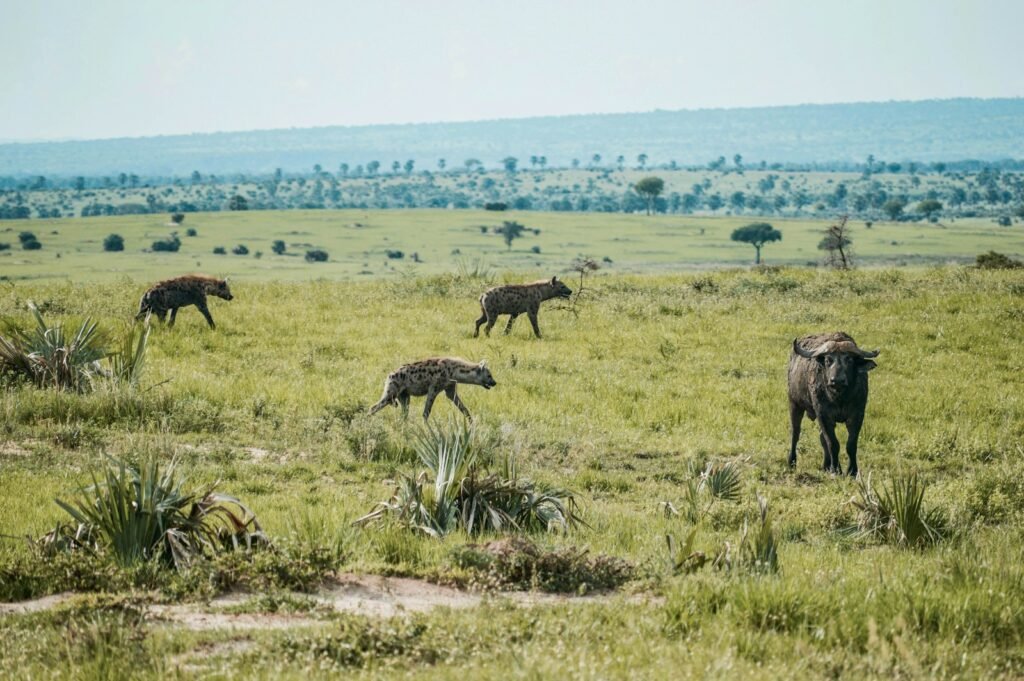
The future of big cats and their prey hinges on our ability to address threats holistically and collaboratively. By embracing innovative solutions, such as technology-driven monitoring systems and community-centered conservation models, we can develop effective strategies to protect these species. The simultaneous protection of big cats and prey animals is not only possible but essential for sustaining ecological integrity and biodiversity.

Growing up traveling and experiencing new cultures and wonders, I have had a passion for nature, adventuring, photography, and videography. I am currently working towards a BSc in Biodiversity and Ecology at Stellenbosch University, and I hope to specialise in Marine Sciences one day.
Please send any feedback to Feedback@animalsaroundtheglobe.com






